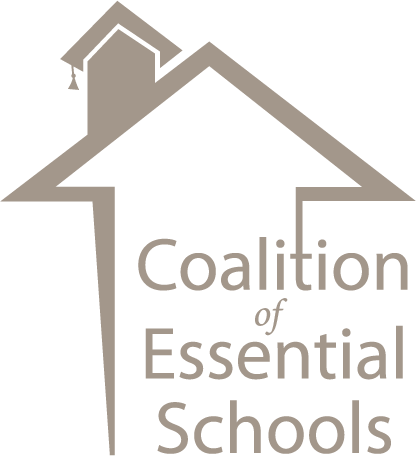Rather than focusing on what an individual leader does “to” or “for” others with a particular intent, Linda Lambert describes leadership in schools as happening in the relationships among everyone in the community: administrators, teachers, students, and parents. These “reciprocal processes,” she says, “enable participants in an educational community to construct meanings that lead toward a common purpose of schooling.”
But what does this “constructivist” view of leadership look like in action? How can a leader at once guide a group to learning, root that learning in the needs and experiences of the group, and build new meaning from the group’s collective knowledge?
As she facilitates groups, says Nancy Mohr, formerly the principal of University Heights High School in the Bronx, she has learned some useful tools, which value all participants and their thinking and yet show respect for the leader’s role in making powerful learning happen together.
“These tools are constructivist,” she says, “because they get at and build on the knowledge already embedded in the group, creating new thinking and ideas. By being more directive-designating leaders, insisting upon structures, and building in habits-we are actually being more democratic-using strong, directive facilitation to engage all the members of a group in learning.” The tools:
Transparent facilitation. Share the thinking that went into the agenda and into the decisions you have made or changed. This depends on serious listening to the group (including its body language and silences), soliciting regular feedback from it, and designing the work based on what you hear.
Ground rules. At the beginning, elicit from the group its ground rules, and list them for all to agree on. If the rules come from the group, they belong to the group and serve less as restrictions than as permission to speak up and feel safe.
Designing, not planning. Unlike a plan, which can be a mere laundry list, a design is intentionally flexible-inclusive and extensive, yet responsive and adaptable. It considers all of the alternatives in order to make the best use of time, and builds in ways to respond to what participants want and need to learn, how they might best do that, and what knowledge and baggage they bring.
Explicit leadership. Groups want someone to have authority, sometimes even to make them do what they don’t feel like doing. We all need to be pushed, but not shoved-the balancing act every teachers knows and grapples with.
Facilitative membership. Leaders are not only designers but members of the group, full participants who do the activities and learn along with the group. Separate roles may be clearer, but ambiguity is part of complex understanding. Initial conversations about the roles of leader and group members help empower the group and clarify expectations for the responsibilities of each member.
Ill-structured tasks and directions. Define problems to be solved instead of giving directions to be followed. Rather than engineering small groups, for example, give the group the parameters you want to use (“Form yourselves into diverse groups of five folks you don’t usually talk with”). They can do it as well as you, and will gain some insight as to the task’s purpose.
Text-based dialogue. Choose a text as the basis for learning together; then, after one opening question, keep out of the way of the participants. Use body language (such as not looking at the speaker) to get the conversation to go back and forth across the group.
Non-text-based dialogue. A genuine dialogue (as opposed to a traditional discussion) helps groups learn and build solutions together. The group seeks to build the dialogue, not make individual points.
Stories. The stories members share can help tease out issues, make meaning, connect with each other’s thinking, and build community on deep levels. And we can all do it; we all have stories to tell.
Right-brain activities. Though they make many facilitators and participants initially uncomfortable, games and art activities reach the child in us all and can have a profound impact on the quality of the group work. Generally, the more dignified the participants, the greater their response to this.
Written or spoken reflections after a session. What are others thinking about the group and its meetings? Various structured feedback mechanisms help share work meaningfully, set standards together, and develop good habits like conciseness, careful listening, sharing air time.
Community building. Building relationships over time, with a group and within a group, has more power than many one-night stands. Without a relationship, nothing will happen. This can easily take up one third of the time spent in the group, even if it continues together over years. “Team building” should not take place separately from “the real work”- the group can build a shared context, share stories, get to know each other, learn how to work together, learn together, and be real together at the same time.
